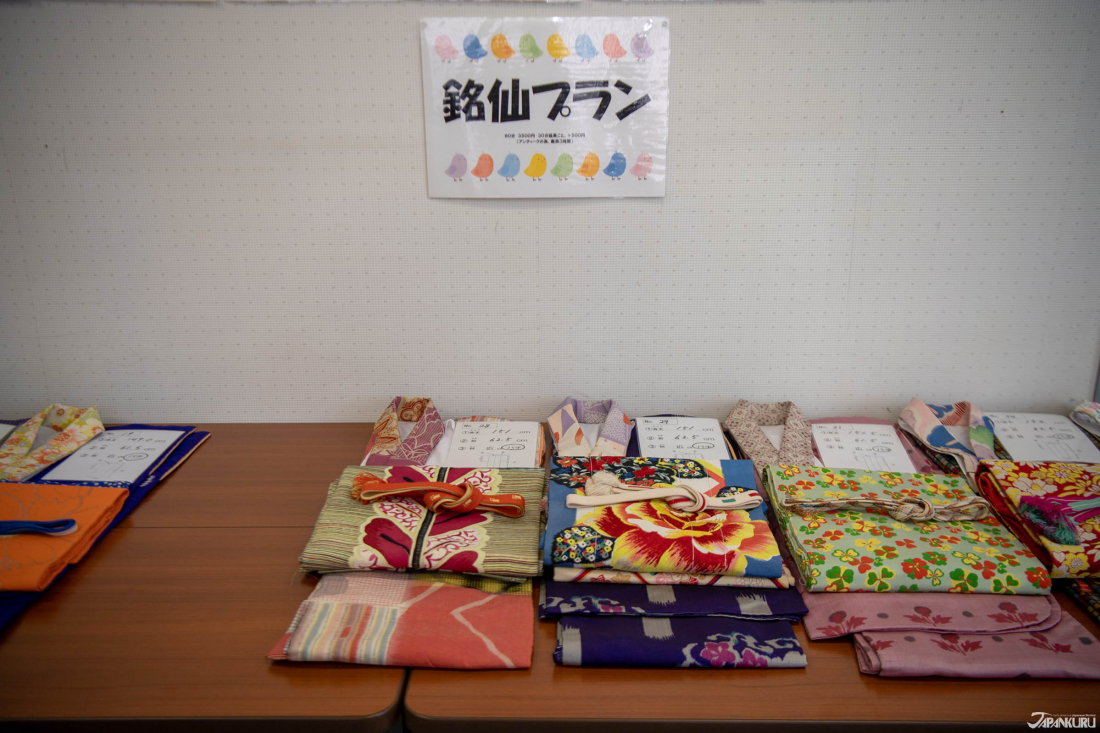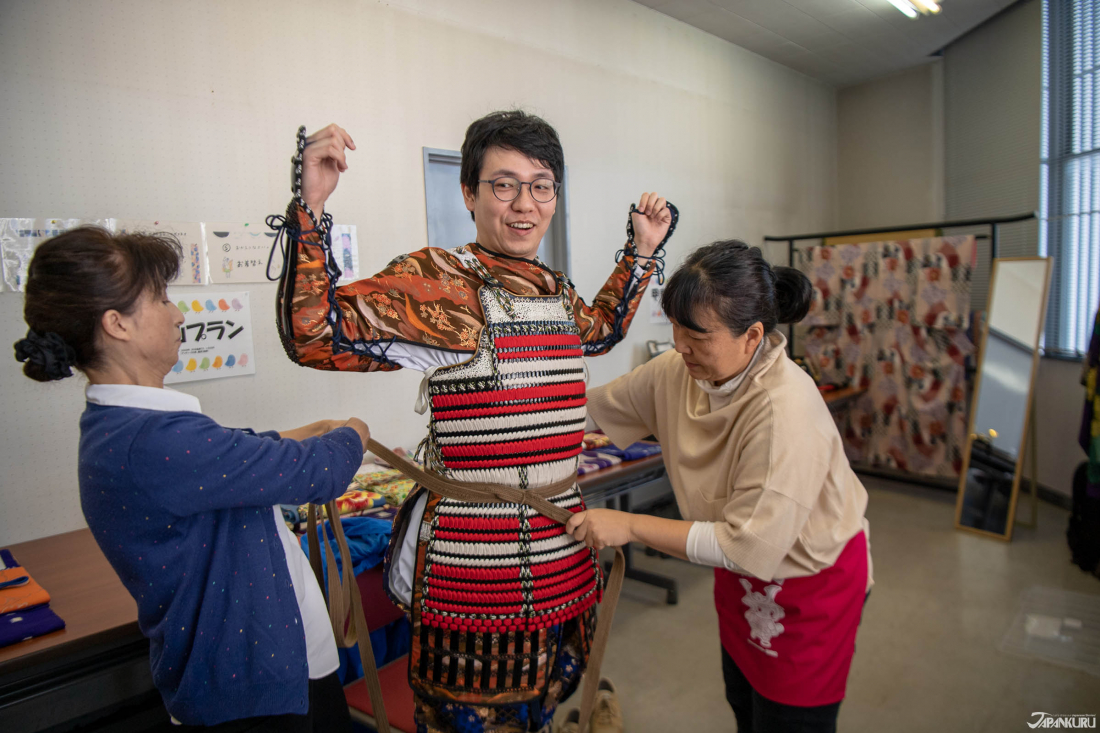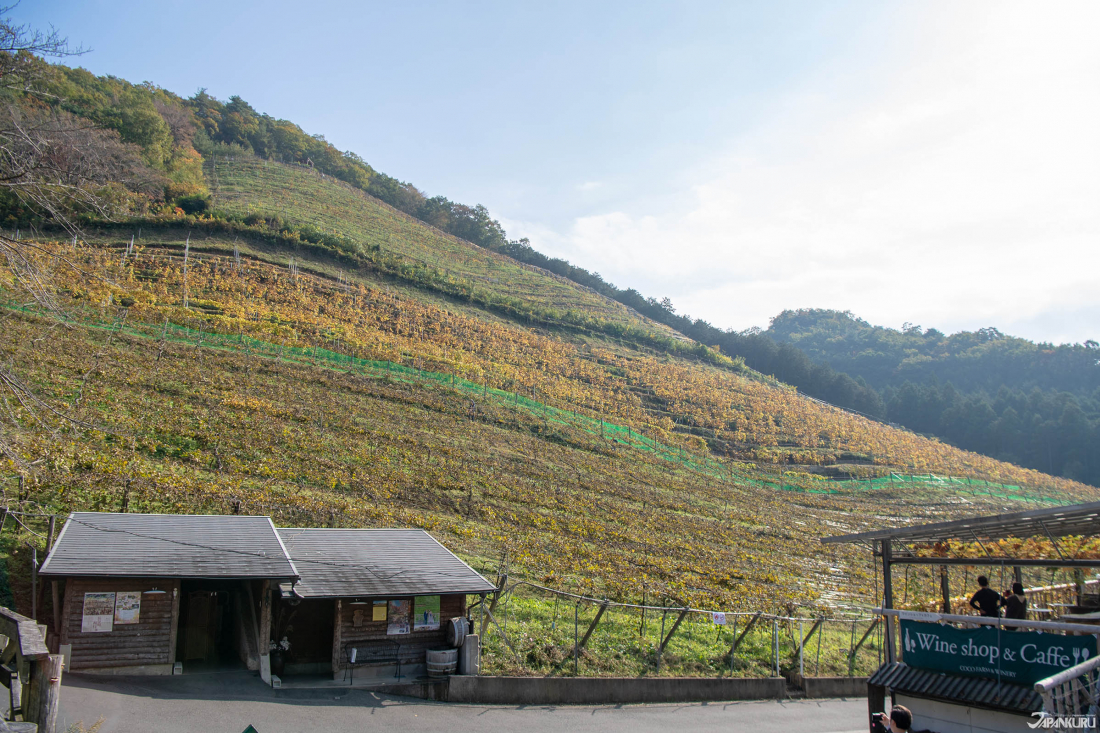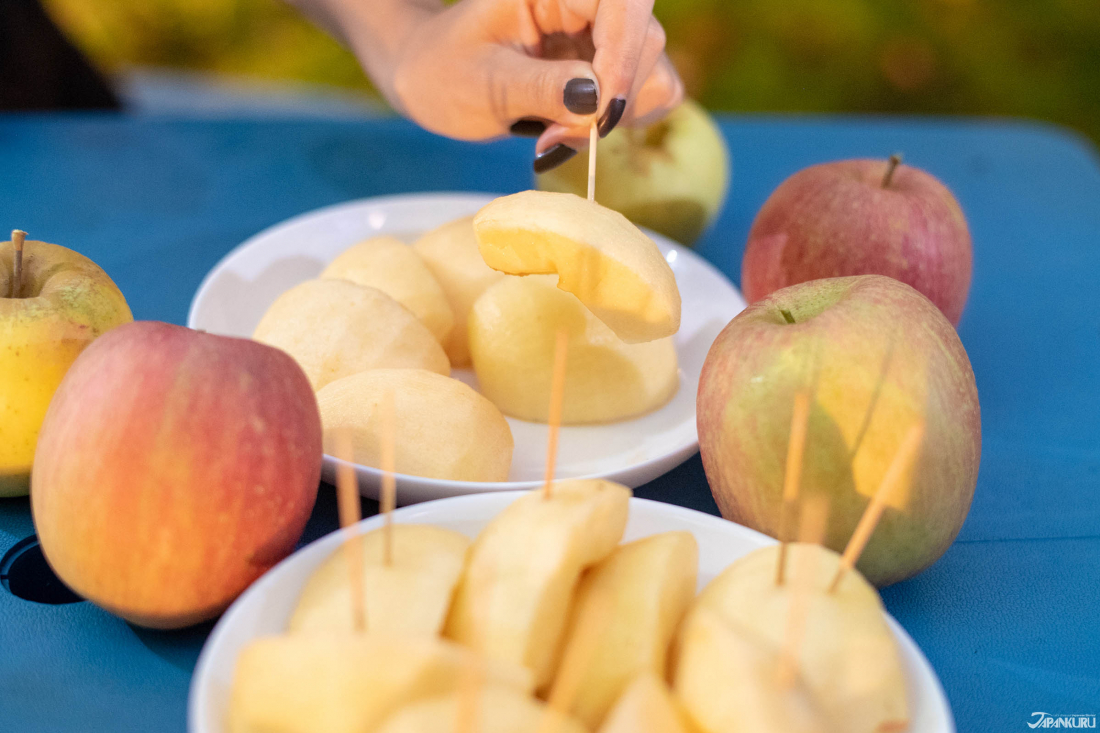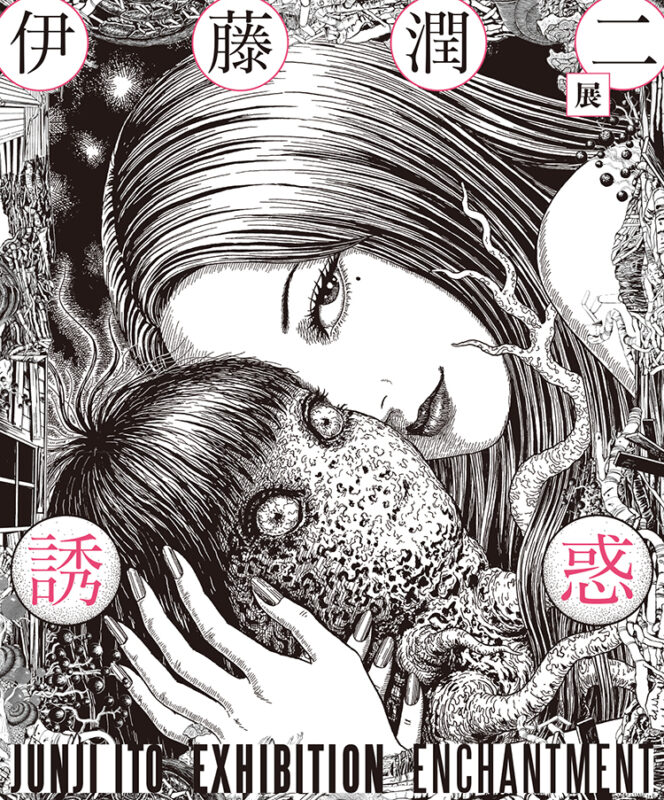
One of the main things to look forward to when traveling to Japan is experiencing Japanese culture. Whether it is wearing kimonos and walking around the old streets, tea ceremony, or going to a big anime festival, you become a part of something you have yet to experience in your home country. Towards the end of the summer, JAPANKURU went around Northern Tochigi and seeing its unknown beauty and experiencing things like zazen (Buddhist meditation where they hit your shoulder with a board).
This time we made our way to Southern Tochigi just in time for the autumn foliage. This trip seemed to be more about going back in time which gave us a whole new look at the Kanto region. Due to Tochigi is so close to Tokyo we just rented a car and made a road trip out of the whole thing. There are plenty of places to rent a car from in Tokyo but since we have always had such a great experience with Nissan as an agency and the reliability of the cars, we rented from there again this time too.
🚙Nissan Rent-a-Car
Official website
Vehicles and Rates
Outlet Locations
足利市
When it comes to Ashikaga, most people think of the Ashikaga Flower Park (あしかがフラワーパーク) where you can see one of the most beautiful and biggest displays of wisteria flowers. Ashikaga is known for a lot more though like their shogunate that ruled during 1300s~late 1500s. The Ashikaga clan's probably most famous part of history is reviving a school which had been opened in the 9th century making it the oldest school in Japan, the Ashikaga School (足利学校; Ashikaga Gakko). During this trip we did not go here unfortunately, rather we focused on a different side of Ashikaga culture and that is their silk textiles. Since the end of the Heian era (794 to 1185), Ashikaga has become an important silk producing area in Japan. Among some of the famous textiles that comes out of Ashikaga, the fashionable kimono "meisen silk" stands out the most.
Shogun, Kimono, and Meisen
Entering the Ashikaga Information & Communication Space (足利まちなか遊学館 Ashikaga Machinaka Yuugakukan), the first floor mainly consists of exhibits of ancient fabric related materials like meisen kimonos. Meisen silk was a popular silk fabric used for casual kimonos during the Taisho and Showa eras (1920 to 1950). It is one of the Japanese silks fabricated by weaving pre-dyed threads, utilizing the tie-and-resist ikat technique making it a lightweight silk weave yet supple. Said to be heavily influenced by European painters, meisen silk exhibits striking, bold and geometric prints. You can wear a meisen kimono for 90 minutes for 3500yen, but if by chance you would like to extend the time, you can for an extra 500yen for every half hour for up to 90 minutes.
Unfortunately, only women can wear meisen but there is another option and that is becoming a bushido (Japanese warlord)! Which if you ask me is the better of the two. Both meisen kimono and bushido outfits can be around out so why not put one on and explore the town?!
Although we came by car, you can get to the museum by train as well – just a 5min walk after getting off at Ashikaga Station.
There are many related historical materials on the first floor but if you want to put on the kimonos or armor head up to the second floor.
You can choose from some of these options if you would like to wear a meisen kimono.
Both men and women can wear the armor worn by Japanese ancient warriors!
The staff at the hall will of course help you put everything on and looking just right.
★Ashikaga Machikanaka Yogakudan (足利まちなか遊学館)
Google Maps
⏰9am~5pm
Closed: Every 3rd Monday, in the case the 3rd Monday is a Public Holiday, the following day will also closed
Official area homepage
The Birthplace of the Ashikaga Clan's Lord
Approximately a 5mim walk from the Ashikaga School, you will come to the national historical site Bannaji Temple (鑁阿寺). Bannaji Temple was once the home of the Ashikaga clan's founder, Ashikaga Yoshiyasu and much of it still remains as it was like with the moat around the temple. There are many important historical sites from the Kamakura period (1185–1333) to the Muromachi period (1336 to 1573), including the ancient gingko tree designated as a National Treasure and the Shoro bell tower which is a National Cultural Property.
While walking around the temple, we saw a small shop Dainichi-chaya (大日茶屋) selling Ashikaga steamed dumplings (足利シュウマイ; Ashikaga shumai). Normally shumai are stuffed with minced meat but Ashikaga shumai are vegetarian! Here was also the first time we have ever had the choice of having the shumai fried. It was a taste and texture completely new to us. If you are looking for something with more portions the yakisoba (grilled noodles) is another famous option.
The 650 year old is a ginkgo tree inside the temple.
During the fall their leaves are bright and yellow.
★Bannaji Temple (鑁阿寺)
Google Maps
Official website
First Class Wine Tasting in the Vineyards
The self-produced red wine Ashicoco was once used in first class on JAL and ANA flights, and the company it comes from COCO Farms and Winery is one of the popular attractions in Ashikaga's suburbs. At COCO Farms and Winery, there is a small building that is a shop and restaurant allowing you to dine or just simply try the wines from the winery if you choose. Also behind the restaurant is an area where you can learn about the history of COCO Farms and Winery and the processes involved in making their wine.
COCO Farms and Winery's small shop and restaurant face the fall colored hills where the vineyards are located.
Grab a bite or simply try the wines from the winery where they also sell homegrown fruit and veggies.
It costs 500yen, but with that you get to taste 5 kinds of wine and some small snacks.
If you want a tour of inside the winery, that also costs 500yen and a staff member will guide you in Japanese.
The high shelf wine from COCO Farms and Winery, "Ashicoco"
★COCO Farms and Winery
Google Maps
⏰10am~6pm (tasting 10am~5pm, restaurant 11am~5:30)
Closed: 12/31~1/2, the 3rd week of January, and the day before Harvest Festival
Official website (ENG)
A Garden of Light and Flowers
Although there weren't any light ups at the Ashikaga Flower Park when we visited Tochigi, we have been in the past so we thought it was worth mentioning in this article. If you come to Ashikaga between October and the beginning of February you should be able to see the illumination at the park. Areas in the park have different themes and apparently change during the event. Before you go be sure to check out their website first just in case any information has changed.
佐野市
As the fifth largest populated city in Tochigi Prefecture, Sano has become a topic in recent years because of Sano ramen. It has become such a big thing that the area made an official map of Sano ramen shops for those who enjoy ramen. But if you think that Sano only has ramen, you'd be wrong. In typical Tochigi fashion, the city of Sano has some very beautiful nature spots such as the Izuruhara Benten Pond (出流原弁天池) which was selected as one of the 100 best and cleanest water sources in Japan. There is a shrine nearby and the entire area is so beautiful in the fall, a must-see.
磯山弁財天・出流原弁天池 (磯山公園)
The Isoyama Banzaiten Shrine has a very unusual construction and there is on the precinct of a rocky mountain. It is said to be a friend of the Kiyomizu Temple in Kyoto due to its unique construction method that does not use nails. It is a beautiful spot where you can overlook the Sano plain. Also when you go to the shrine be sure to look for the statue of a white snake!
★Isoyama Banzaiten Shrine & Izuruhara Benten Pond
Google Maps
Japanese architecture at its finest. Not a single nail was used at this shrine!
Just part of the view you get from Isoyama Banzaiten Shrine.
In the precincts of the shrine, there are places to wash money. So when you wash your money and put it in your wallet, its believed you will become richer!
Also on the grounds, there is a big clock that you can ring yourself by pulling the giant plank.
Sano's famous Hand-made Ramen
As one of Kanto's ramen representatives, the biggest characteristics of Sano Ramen is its use of bamboo to flatten and prepare the dough and the soy sauce broth. This time, JAPANKURU visited "Banri" (万里) ramen shop, which is one of the most popular shops in terms of "Sano Ramen". What we found interesting was depending on the person the soy sauce broth tasted different. To some it was refreshing, others saltier. Even during on weekdays the store is basically full by noon.
Ramen shop "Bari" may not look like much, but that's also how you know it will be great.
At Banri you can either choose between sitting at the counter or on the floor like in the picture.
You can watch them pound and make the ramen using a giant bamboo log.
Since the ramen is handmade right there, you can expect super soft and chewy noodles that goes well with the soy sauce broth.
In addition to ramen, the fried dumplings ("gyoza) at the store are also one of the popular options.
★Sano Ramen Banri (佐野ラーメン 万里)
Google Maps
⏰11~6pm
Closed: Wednesdays
壬生町
The current town of Mibu has been orchestrated as a toy town. A lot of toy factories are gathered, offering toys in/from Japan and abroad, including manufacturers such as Bandai and Tomica. In the 1990s, the manufacturing of toys moved to China, but Mibu has made an area for these toys even holding events. It is from there that in 2007, the Bandai Museum opened.
©創通・サンライズ
the Famous Japanese Toy Maker You Knew as a Kid
Speaking of Japanese toy manufacturers, everyone should have heard the name of Bandai at some point in their lives. I mean, you have your classic figurines from Gundam, Sailor Moon, One Piece, Dragon Ball, Digimon, Astro Boy, etc. are all under Bandai. Bandai has built a new toy museum in Miyako-cho, displaying toys, accessories, and collectibles made by Bandai. Many are rare European/Western antique toys which surprised us.
Bandai has created a new toy museum, which has collected the childhood of many adults and children home and abroad.
©創通・サンライズ
There is a bust of the original size of Gundam in the center of the museum. Put on some costumes and get a pic!
In addition to Gundam, you can see toys such as One Piece, Dragon Ball, Kamen Rider, and other classic anime toys under Bandai.
Bandai isn't only toys, it also consists of video games! Which of course you will get to also see at the museum.
Be sure not to miss Gundam special exhibition area!
★Bandai Museum
Google Maps
⏰10am~4:30pm (admission ends at 4pm)
💴Adults 1000yen, Children 600yen, 65 and older 800yen
Official website
A Great Place to Make a Pit Stop
The Mibu Highway Park, which is about 12 times the size of the Tokyo Dome, is an interesting rest stop. In addition to the general resting facilities, it also has Tochigi Wanpaku Park and Mibu-machi Toy Museum. Just park your car at the rest stop and check out local vegetables and fruit for sale or walk to the park or museum mentioned above. Since it is along the main highway heading back to Tokyo, it is a great place to make a pitstop before making the trip home. Especially since anymore it is rare to see such rest stops (that includes things like a park and museum) in Japan.
Eating Tochigi's Strawberries in a New Way
There is a sweet shop called Mib-TOWN at the station on the way. "Shogun's Strawberry Ice" (将軍のいちご氷), which is shaved ice (kakigori) is currently very popular within Tochigi. Why though? It is because to make this shaved ice, ice is not used at all! Instead of ice, what they do is freeze ripened strawberries from Tochigi, freeze them, then slice the strawberries while still frozen. By far one of the coolest (literally) deserts/snacks we have ever tried.
Mib-TOWN is a part of the rest station is small but offers all sorts of snacks special to Tochigi.
The condensed milk that tops off the "Shogun's Strawberry Ice" plays off the sweet tartness that you get from strawberries.
Another strawberry dessert, "Kohaku Fuku Ichigo" (紅白 福苺), is also popular with tourists wanting to try some of Tochigi's strawberries.
★Mib-TOWN
Google Maps
⏰10am~6pm, Sat and Sun 9am~6pm
Closed: Wednesdays
Facebook page
鹿沼市
In the first two years, Kanuma City, which was officially announced as the "City of Strawberries", is also famous for its azalea flowers. Then in terms of crops, we were surprised to learn it is also famous for strawberries, leeks, pears, and tomatoes. Located in the north of the Kanto region, the area consists of mountainous hills and terraced terrain. Kanuma was once the country's first wild state hemp producing area so because of this, the barley was cultivated to make the buckwheat more delicious. Which is why this time while in Kanuma, fruit picking and eating soba (buckwheat) noodles became our primary purpose.
Try All the Apples You Want for 500yen!!!
I remember the last time we introduced Watanabe Vineyard in Nasukarasuyama City where you can try a few of the homegrown grapes for 100yen, but HIZATSUKI Fruits Plaza raises the bar. In addition to eating all the apples you want for just 500yen, you also get to pick the apples yourself. Which is the real "fruit picking experience" in Japan if you ask us. Something else you may be happy to know is that this place has the qualifications of an organic farmer certified by Tochigi Prefecture. Along with apples, the orchard also grows fruits like strawberries, cherries, and grapes.
We were lucky to go during apple season! All you can eat full-size apples for just 500yen!
Using the bag-free organic cultivation method, we watched the mature and rosy color of Fuji apples.
★HIZATSUKI Fruits Plaza (鹿沼ひざつきフルーツプラザ)
Google Maps
⏰10am~6pm, Sat and Sun 9am~6pm
Closed: Wednesdays
Official website
Most people when you eat soba (buckwheat) noodles, you eat it with leeks. However here was the first place we have ever heard of using a different greenery in place of leeks. As a special dish of Iori, you can eat soba noodles with chives. It is surprisingly fresh and does not overpower the soba taste. In addition, the tempura in the store is also very distinctive, rather than eating it with the typical tempura sauce, you pare it with salt.
Both buckwheat and chives are special menu items at Iori, so it only makes sense that they would decide to combine the two.
The refreshing taste from soba noodles together with the boiled chives leaves a natural taste in your mouth.
★Iori (手打ちそば 一庵)
Google Maps
⏰11am~2:30pm, 5:30pm~7pm
Closed: Wednesdays
Official area homepage
Our journey doesn't stop there! Be sure to check out the second half of our Southern Tochigi trip here!!
COMMENT
FEATURED MEDIA
VIEW MORE
A Tokyo Winter Must-See: Tokyo Mega Illumination Event Period: November 2, 2024 ~ January 12, 2025 *Closed Nov 4~8, Dec 1~6, Dec 25~ Jan 1. End date may be subject to change. Hours: 16:30 – 21:00 (final admission 20:00) *Opening hours may vary depending on scheduled events or congestion, please check the official website for details. Directions: 2 min. walk from Tokyo Monorail Oikeibajo-Mae Station, 12 min. walk from Keikyu Tachiaigawa Station #japankuru #tokyowinter #tokyomegaillumination #megaillumination2024 #tokyocitykeiba #도쿄메가일루미네이션 #tokyotrip #oiracecourseillumination

Tokyo Shopping Spot Recommendation: New Balance Kichijoji #newbalance #newbalancekichijoji #newbalancejapan #japanesesneakerheads #shoppinginjapan #japantrip #도쿄여행 #도쿄쇼핑 #뉴발란스 #일본한정 #일본패션 #日本購物 #日本買衣服 #NB #日本時尚 #東京購物 #รองเท้าnewbalance #นิวบาลานซ์ #รองเท้าผ้าใบ #ช้อปปิ้ง #คิจิโจจิ #japankuru

See Kyoto Clearly With Your New Glasses #japankuru #kyoto #jins #교토여행 #진즈 #京都 #교토수족관 #가모가와 #kamogawa #kyotoaquarium

The First Japanese Converse Flagship: CONVERSE STORE HARAJUKU #japankkuru #conversejp_pr #conversejapan #harajuku #tokyotrip #converse #tokyoshopping #匡威 #帆布鞋 #東京購物 #原宿 #日本時尚 #일본쇼핑 #일본컨버스 #일본한정 #하라주쿠 #일본패션 #일본스트릿 #รองเท้าconverse #รองเท้าผ้าใบ #ช้อปปิ้ง #ฮาราจูกุ #คอนเวิร์ส

Japanese Makeup Shopping • A Trip to Kamakura & Enoshima With Canmake’s Cool-Toned Summer Makeup #pr #canmake #enoshima #enoden #에노시마 #캔메이크 #japanesemakeup #japanesecosmetics

⚔️The Robot Restaurant is gone, but the Samurai Restaurant is here to take its place. Check it out, and don't forget your coupon! 🍣신주쿠의 명소 로봇 레스토랑이 사무라이 레스토랑으로 부활! 절찬 쿠폰 발급중 💃18歲以上才能入場的歌舞秀,和你想的不一樣!拿好優惠券去看看~ #tokyo #shinjuku #samurairestaurant #robotrestaurant #tokyotrip #도쿄여행 #신주쿠 #사무라이레스토랑 #이색체험 #할인이벤트 #歌舞伎町 #東京景點 #武士餐廳 #日本表演 #日本文化體驗 #japankuru #japantrip #japantravel #japanlovers #japan_of_insta

Japanese appliance & electronics shopping with our KOJIMA x BicCamera coupon! 用JAPANKURU的KOJIMA x BicCamera優惠券買這些正好❤️ 코지마 x 빅 카메라 쿠폰으로 일본 가전 제품 쇼핑하기 #pr #japankuru #japanshopping #kojima #biccamera #japaneseskincare #yaman #dji #osmopocket3 #skincaredevice #日本購物 #美容儀 #相機 #雅萌 #日本家電 #일본여행 #면세 #여행꿀팁 #일본쇼핑리스트 #쿠폰 #일본쇼핑 #일본브랜드 #할인 #코지마 #빅카메라 #japankurucoupon

Odaiba's DiverCity Tokyo Plaza is home to the famous real-size 20m-tall Unicorn Gundam, and the popular shopping center has even more Gundam on the inside! Check out the Gundam Base Tokyo on the 7th floor for shelves upon shelves of Gunpla, and the Gundam Base Tokyo Annex on the 2nd floor for cool anime merchandise. Both shops have tons of limited-edition items! #pr #odaiba #tokyo #tokyotrip #japantrip #japantravel #PR #divercity #divercitytokyoplaza #tokyoshopping #gundam #unicorngundam #gundambasetokyo #anime #otaku #gunpla #japankuru #오다이바 #다이바시티도쿄 #오다이바건담 #건담 #일본건담 #건프라 #건담베이스도쿄




